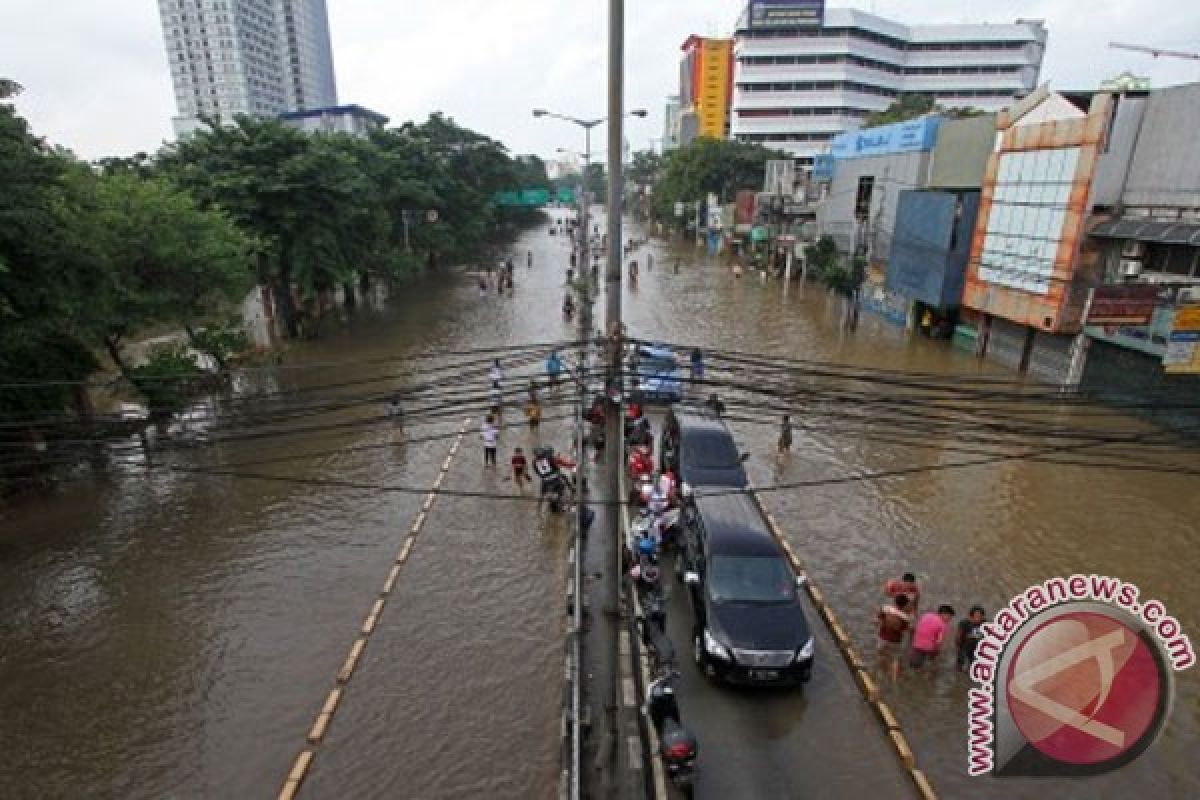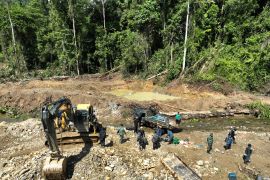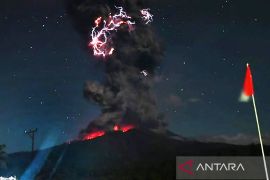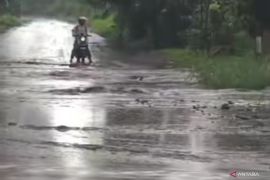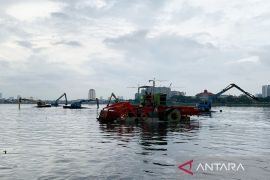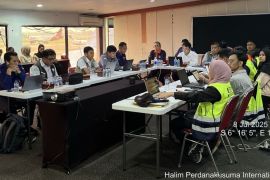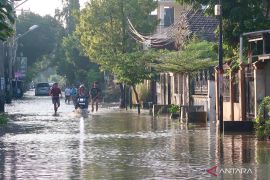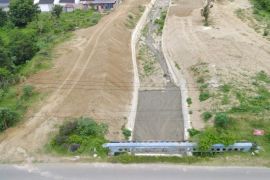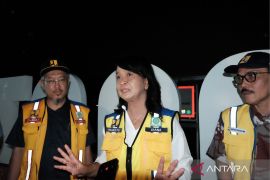"An underground water tunnel is one of the solutions for overcoming floods, which is caused by water catchment areas being turned into commercial areas," explained Manggas Rudy Siahaan, here, on Friday.
The conversion of water catchment areas into commercial areas, such as malls and office buildings, has caused the rain water to overflow onto the roads instead of flowing into the drainage system, thus inundating most parts of the city.
Besides this, the existing poor drainage system cannot contain the large amounts of rain water in addition to the excessive wastewater from households in the city.
"The fact is that the citys drainage system capacity is only three percent, and it is located in the Kuningan and Setiabudi areas of South Jakarta," added Manggas Rudy.
Moreover, a number of ongoing utility excavation projects in several parts of Jakarta that are not being implemented according to the citys regulations have also contributed to the reduced drainage capacity.
"A number of utilities belonging to the state-run electricity company, including telecommunications and drinking water utilities, have reduced the capacity (of the drainage system), especially due to the garbage and mud that is piling up in the drainage network," Manggas Rudy pointed out.
Most of these piping utilities are planted some 20-60 centimeters below ground, instead of the norm of 1.3 meters deep.
"Of course we will fix the drainage system immediately, according to the regulations, and we will file a report with the police about these utilities that are thought to have damaged the states infrastructure," Manggas Rudy asserted.
(A050/INE/B003)
EDITED BY INE
(A050/KR-BSR/B003)
Editor: Jafar M Sidik
Copyright © ANTARA 2014
